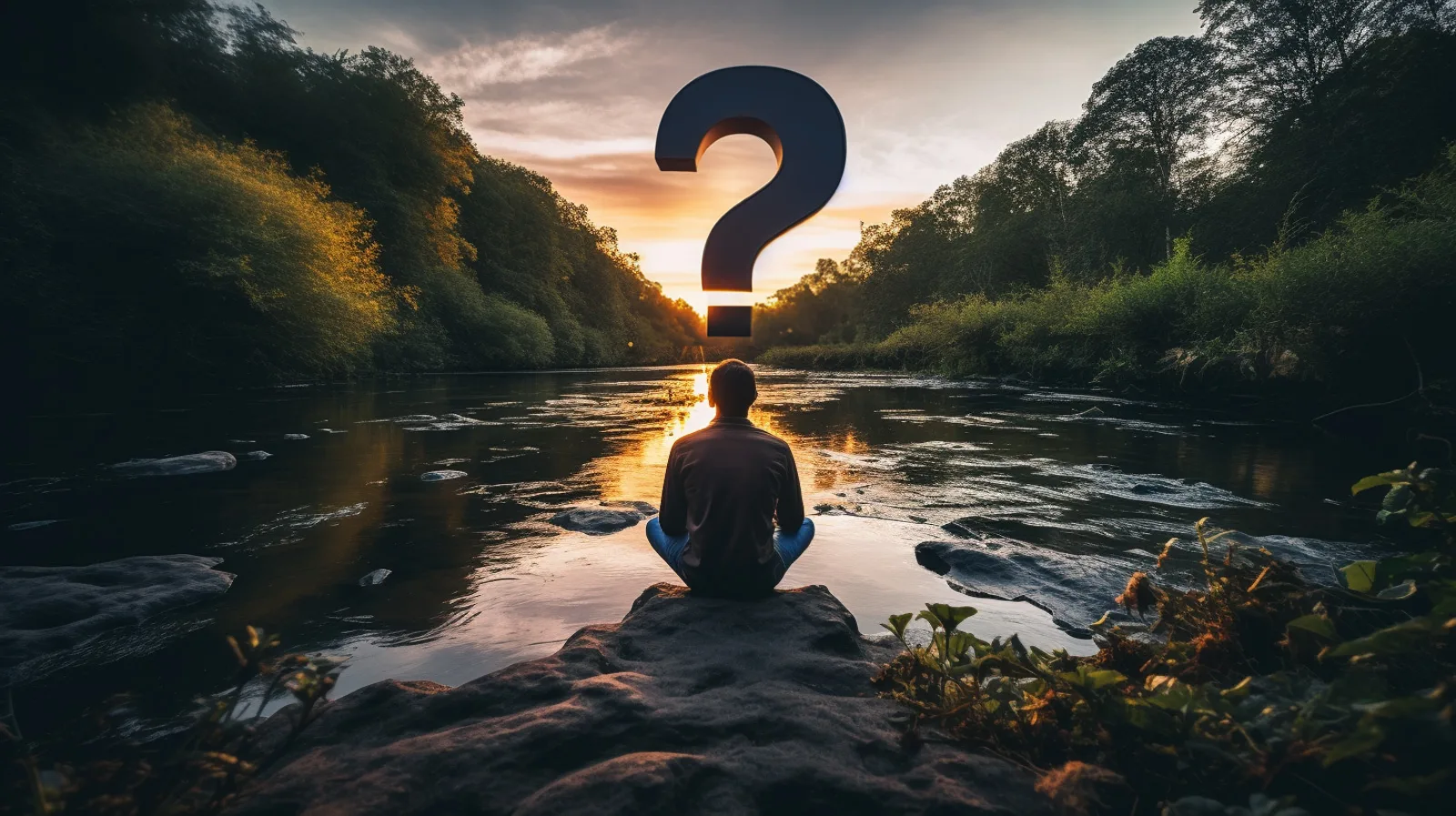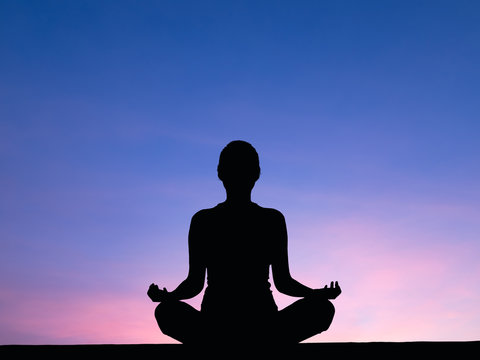How to Meditate? Grasping Mindfulness for Everyday Life
How to Meditate? Grasping Mindfulness for Everyday Life
Blog Article
How to Meditate: A Step-by-Step Approach to Achieving Mindfulness and Calm
Reflection offers as a powerful device for attaining mindfulness and emotional calmness in a busy globe. By recognizing the basic concepts and methods involved in reflection, individuals can grow a technique that boosts their total well-being.
Understanding Meditation
Understanding reflection entails realizing its basic concepts and methods, which function as the foundation for the technique. At its core, reflection is a psychological workout targeted at advertising relaxation, constructing interior energy, and establishing compassion and insight. The method motivates individuals to concentrate their attention, usually with strategies such as deep breathing, visualization, or mantra repeating.
Meditation can be classified into different designs, including mindfulness, transcendental, and loving-kindness reflection, each with unique purposes and techniques. Mindfulness reflection highlights present-moment awareness and non-judgmental observation of ideas and feelings, while copyright involves the usage of particular concepts to go beyond normal idea processes. Loving-kindness reflection concentrates on establishing a perspective of love and compassion towards oneself and others.
No matter the method employed, the main objective stays constant: to cultivate a deeper understanding of the mind and its patterns. This self-awareness promotes psychological strength, clearness of thought, and a profound sense of calmness (How to meditate?). By recognizing these techniques and principles, people prepared for an effective meditation practice that can significantly enhance their overall wellness
Preparing for Your Technique
Prior to starting your reflection technique, it is important to create a setting for concentrate and leisure. Select a silent area where you are unlikely to be disturbed. This might be an edge of a room, a yard, or any kind of area that stimulates a feeling of peace. Make sure that the area is complimentary and clean of mess, as a clean atmosphere can help get rid of the mind.
Take into consideration the lighting, as natural light can boost your mood and energy. Soft, warm illumination is commonly much more soothing than severe fluorescent lights. Furthermore, pick a comfortable temperature level, making sure that you are neither also hot neither also cold.
Incorporating elements that advertise tranquility can even more improve your experience. This might consist of soft pillows or coverings for convenience, as well as relaxing aromas from vital oils or scent. It can also be useful to have a timer set for your meditation session to stop disturbances from clock-watching.
Basic Meditation Techniques

One more efficient method is body check reflection. This entails emotionally scanning your body from head to toe, noticing any type of locations of stress or pain and knowingly unwinding those muscles. This method fosters a much deeper link in between your body and mind.

Lastly, loving-kindness reflection focuses on growing empathy towards yourself and others. Calmly repeat phrases of a good reputation, improving emotional well-being and interconnectedness. Each of these methods offers as a foundation for your meditation journey, allowing you to find the method that reverberates ideal with your personal technique.
Keeping Emphasis and Mindfulness

Developing a dedicated reflection space can enhance the capacity to preserve mindfulness. A quiet, minimalist setting lessens interruptions, enabling deeper immersion in the method. In addition, establishing a time limit can aid manage expectations; beginning with shorter sessions might ease the transition into longer practices.
Utilizing techniques such as body scanning or observing experiences can additionally reinforce mindfulness. These approaches encourage practitioners to remain existing and involved with their physicality, securing their attention in the minute. Normal practice is vital; the mind constructs durability in time, creating a more powerful capability for focus.
Incorporating Meditation Into Every Day Life
Incorporating reflection into day-to-day live can transform regular tasks into chances for mindfulness and self-reflection. By integrating mindfulness techniques right into typical jobs, individuals can grow a higher feeling of existence and tranquility amidst the busyness of everyday life.
Begin by identifying minutes throughout your day where you can pause and exercise mindfulness. During your early morning commute, focus on your breath or the sensations of the setting around you. In the kitchen area, approach food preparation as a reflective practice, appreciating the appearances, colors, and aromas of the active ingredients. Even mundane activities like cleaning recipes or walking can come to be possibilities for reflection by directing your attention to the feelings of movement and the sounds surrounding you.
Furthermore, reserving specialized times for reflection can strengthen its technique. Beginning with brief sessions, slowly boosting duration as you her response end up being more comfortable. Usage index tips or hints-- like a certain time of day or a calming audio-- to establish consistency.
Eventually, the objective is to weave mindfulness right into the textile of every day life, enabling you to come close to each moment with objective, consequently improving your total sense of wellness and clarity.
Conclusion
In verdict, efficient reflection calls for a silent environment, a comfortable setting, and a focus on the breath. Normal reflection, also in quick sessions, promotes a deeper connection to the existing moment, eventually leading to better calmness and psychological clarity in everyday life.
Meditation can be classified right into various styles, consisting of mindfulness, transcendental, and loving-kindness meditation, each with distinct purposes and methodologies. Mindfulness reflection highlights present-moment awareness and non-judgmental observation of sensations and thoughts, while copyright involves the usage of specific concepts to go beyond average thought procedures.With your meditation area prepared, it's time to discover different basic meditation methods that can help cultivate mindfulness and inner tranquility.Consistently keeping emphasis and mindfulness during reflection can be tough, especially for those new to the practice.Establishing a devoted reflection room can enhance the ability to keep mindfulness.
Report this page